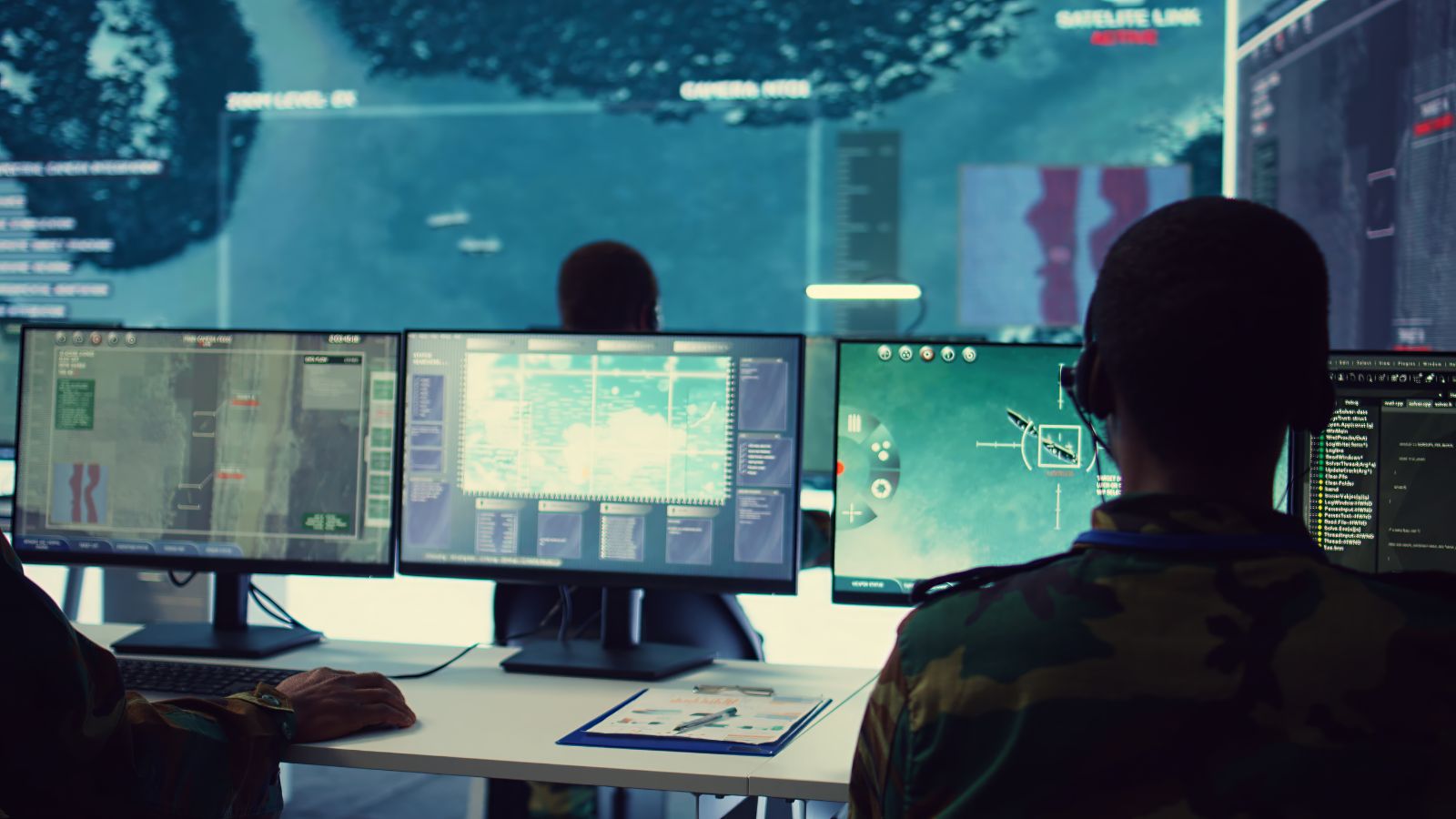A World of Expanding External Risks
In an increasingly complex global environment, the nature of external threats is evolving faster than ever. Political instability, cyber intrusions, supply chain disruptions, and environmental crises can all emerge suddenly disrupting operations, eroding trust, and damaging reputation.
For corporate leaders and risk professionals, External Threat Monitoring has become an essential discipline for survival and strategic advantage. As enterprises become more digitally integrated and geographically dispersed, they face a broader array of external risks from regional conflicts and trade restrictions to online misinformation and regulatory volatility.
The next decade will be defined by compounding crises where geopolitical fragmentation, digital insecurity, and climate shocks intersect to create systemic uncertainty. Against this backdrop, continuous monitoring of external risks is not optional; it is foundational to resilience.
Defining External Threat Monitoring
External Threat Monitoring refers to the systematic process of identifying, analysing, and contextualising external risk signals that could impact business operations. Unlike internal control systems that focus on process compliance, external monitoring scans the broader risk ecosystem political, economic, environmental, and technological to provide early warning and foresight.
At its core, this is about Threat Intelligence for Enterprises integrating structured data (such as regulatory alerts or cyber advisories) with unstructured data (like social media trends, news sentiment, and field intelligence). The objective is to convert overwhelming data streams into actionable insight.
Effective monitoring programmes enable leadership teams to anticipate disruptions, prepare contingencies, and safeguard critical assets before threats manifest. The result is not just improved security, but smarter strategy where foresight becomes a competitive edge.
Intelligence in Action: From Detection to Decision
Modern Risk Monitoring Systems do far more than flag risks; they enable faster, evidence-based decision-making. By filtering and prioritising information, these systems help security and business continuity teams focus on what truly matters.
For instance, Geopolitical Risk Tracking can identify tensions or policy shifts affecting cross-border operations or supply chains. When integrated with operational data, such insights can guide procurement planning, travel safety, or logistics rerouting.
Similarly, continuous monitoring of digital spaces can reveal hostile narratives, protest indicators, or cyberattack precursors targeting specific industries. The goal is to move from passive awareness to proactive defence where intelligence triggers timely interventions.
In this sense, External Threat Monitoring acts as a radar system for corporate resilience: scanning the horizon, interpreting signals, and directing response.
Integrating Technology and Threat Intelligence Platforms
Technology now sits at the heart of effective monitoring. Artificial intelligence, automation, and Predictive Analytics enable systems to process millions of data points in real time filtering noise and identifying anomalies before they escalate.
Platforms like Datasurfr exemplify this innovation. As MitKat Advisory’s AI-powered Risk Intelligence Platform, Datasurfr aggregates open-source and proprietary intelligence, delivering tailored Cyber Threat Alerts, Supply Chain Risk Intelligence, and geopolitical insights through intuitive dashboards.
By correlating multiple data streams — from social media to meteorological updates platforms like Datasurfr enable real-time, contextual threat visualisation. Security leaders can not only detect risk but also assess its potential business impact instantly.
This is where technology transforms monitoring into foresight: not just observing risks but predicting their trajectory and enabling faster response.
Building a Culture of Vigilance and Situational Awareness
While tools and data are vital, true resilience stems from organisational mindset. Enterprises must build a culture of vigilance where risk awareness and Situational Awareness are embedded across all functions, not confined to security teams alone.
Leadership plays a central role in driving this shift. By establishing governance frameworks for External Threat Monitoring, organisations can ensure accountability, speed, and clarity in response. Regular drills, cross-functional collaboration, and clear communication protocols can dramatically enhance responsiveness during crises.
Moreover, Situational Awareness must be continuous, not episodic. The ability to sense, interpret, and act swiftly is now a strategic capability one that determines whether a business merely survives uncertainty or thrives despite it.
Stay Ahead of Threats with Datasurfr Predict
MitKat’s Datasurfr Predict delivers accurate, real-time, and contextualised data to help organisations respond swiftly to physical, environmental, and cyber threats.
With Sam AI, our AI Agent not only provides context for unfolding events but also analyses vetted historical data to forecast how events are likely to evolve and their potential impact using industry and location-specific probabilistic scores.
Book a free demo today and see how Datasurfr Predict can transform your risk preparedness.


